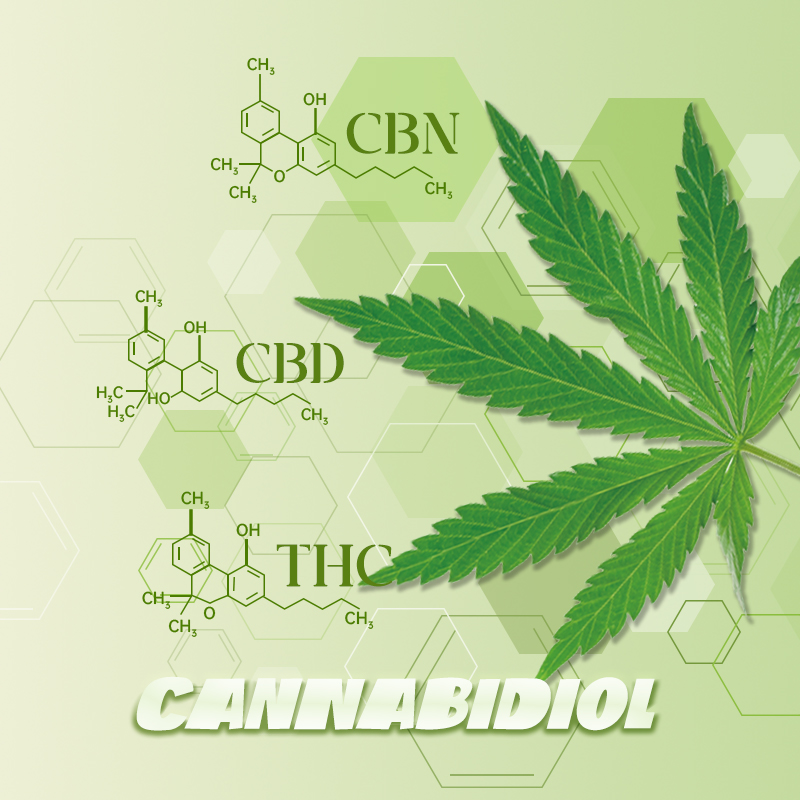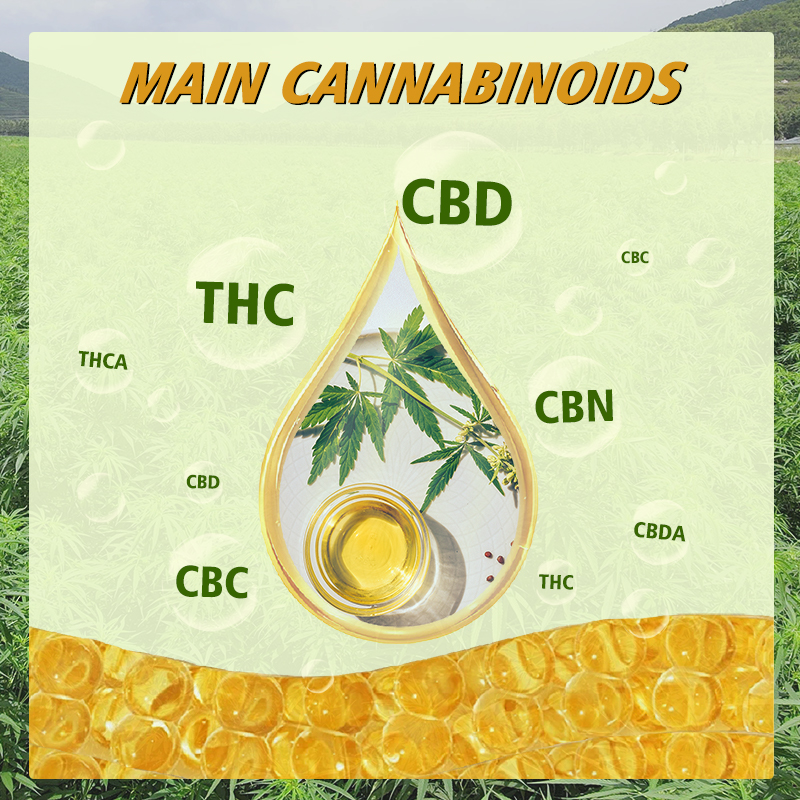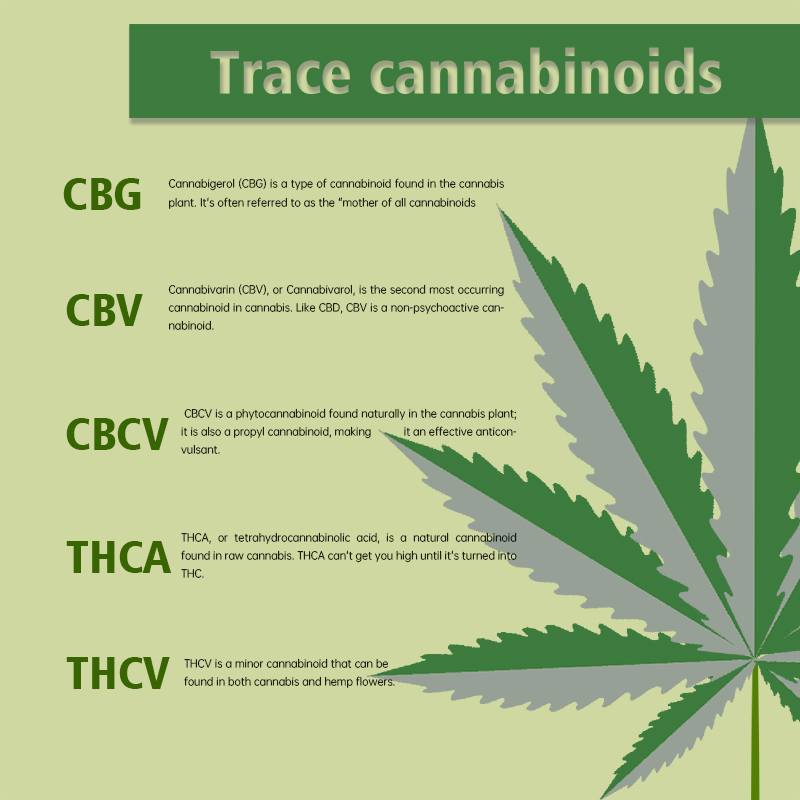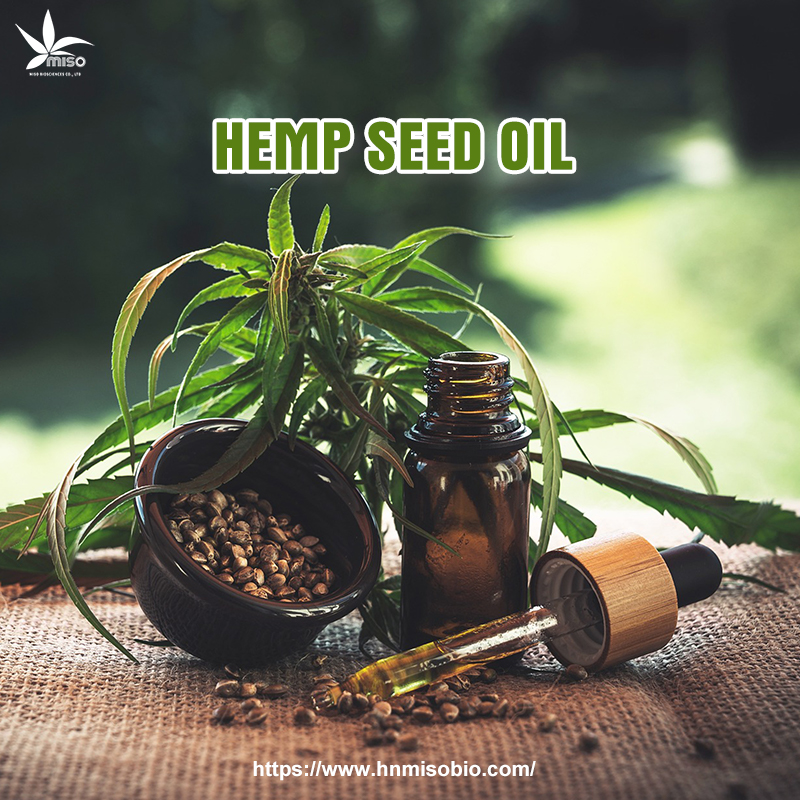Cannabis (Cannabis sativa) is a plant with a complex chemical composition, containing hundreds of different compounds. To date, scientists have isolated many major components from cannabis, including chemical groups such as **cannabinoids**, **terpenes**, and **flavonoids**, among others. Below is a detailed description of the known key components of cannabis.
1. Cannabinoids

Cannabinoids are among the most important chemical components in cannabis and are generally divided into two main categories:
1.1 Major Cannabinoids
- Tetrahydrocannabinol (THC): The most famous compound in cannabis, THC is psychoactive and is responsible for the euphoric "high" associated with recreational cannabis use. It also has effects like pain relief, anti-nausea, and appetite stimulation.
- Cannabidiol (CBD): Non-psychoactive and increasingly popular for its therapeutic effects, CBD has anti-anxiety, anti-inflammatory, analgesic, anti-seizure, and neuroprotective properties. It has found wide applications in medicine and wellness.
- Cannabinol (CBN): A product of THC oxidation, CBN has mild psychoactive effects but is known for its sedative properties, often used to promote sleep.
- Cannabichromene (CBC): A non-psychoactive cannabinoid with known anti-inflammatory, antimicrobial, and pain-relieving properties.
- Cannabidiolic Acid (CBDA) and Tetrahydrocannabinolic Acid (THCA): These are the acidic precursors to CBD and THC, respectively, and possess their own potential benefits, such as anti-inflammatory and antioxidant effects.

1.2 Other Cannabinoids
- Cannabigerol (CBG): Often referred to as the "mother of cannabinoids," CBG is the precursor from which other cannabinoids, such as THC and CBD, are synthesized. CBG has non-psychoactive properties and is known for its antibacterial, anti-inflammatory, and anti-tumor effects.
- Cannabivarin (CBV), Cannabichromevarin (CBCV), and Tetrahydrocannabivarin (THCV): These cannabinoids are similar to THC and CBD but have different physiological effects. Research suggests they may have potential applications in appetite suppression, diabetes management, and anxiety treatment.
2. Terpenes
Terpenes are aromatic compounds found in many plants, and cannabis is no exception. They contribute to the distinctive smell of cannabis and are believed to play a role in its medicinal effects. Some common terpenes in cannabis include:
- Limonene: A citrus-scented terpene that is found in cannabis and citrus fruits. It is known for its antioxidant and anti-anxiety effects.
- Pinene: A terpene with a pine aroma, known for its potential to support respiratory health and its anti-inflammatory and memory-enhancing properties.
- Linalool: A floral-scented terpene found in lavender and cannabis, known for its calming, anti-anxiety, and antidepressant effects.
- Caryophyllene: A spicy-scented terpene that is unique in its ability to interact with cannabinoid receptors (specifically the CB2 receptor). It has anti-inflammatory and pain-relieving properties.
- Myrcene: A terpene with a fruity, earthy aroma, known for its anti-inflammatory, analgesic, and relaxing effects.

3. Flavonoids
Flavonoids are another important class of natural chemicals in plants that are known for their antioxidant, anti-inflammatory, and anticancer effects. Several flavonoids have been identified in cannabis, including:
- Cannaflavins: A unique class of flavonoids found in cannabis, which have shown significant anti-inflammatory effects.
- Kaempferol and Quercetin: These are common flavonoids also found in cannabis, known for their antioxidant, anti-allergic, and antiviral effects.
4. Fatty Acids and Other Oils
Hemp seeds and other parts of the cannabis plant contain various fatty acids, particularly omega-3 and omega-6 fatty acids. Hemp seed oil is considered a healthy oil with numerous benefits, including anti-inflammatory effects and cardiovascular protection.
- Hemp Seed Oil: Rich in alpha-linolenic acid (ALA) and gamma-linolenic acid (GLA), hemp seed oil is known for its benefits to skin health, immune support, and overall wellness.

5. Other Compounds
In addition to the major cannabinoids, terpenes, and flavonoids, cannabis contains a range of other biologically active compounds, such as:
- Organic Acids: Compounds like cannabidiolic acid (CBDA) and tetrahydrocannabinolic acid (THCA) are present in the raw cannabis plant. These compounds are known for their antioxidant, anti-inflammatory, and antibacterial effects.
- Phenolic Compounds: Cannabis also contains phenolic compounds with strong antioxidant and anti-inflammatory properties that help protect cells from oxidative stress.
Summary
To date, scientists have isolated over 100 cannabinoids from cannabis, with the most well-known being tetrahydrocannabinol (THC) and cannabidiol (CBD). In addition to cannabinoids, cannabis contains a wide variety of terpenes, flavonoids, fatty acids, and other biologically active compounds. Each of these components has different pharmacological effects, which contribute to the plant's diverse applications in medicine, wellness, and even eco-friendly products. As research continues, more unknown compounds may be discovered, revealing their potential therapeutic and industrial uses.